The universe is a giant space that is largely unexplored. However, NASA can look around space and take images of various things throughout the universe to share with the rest of the world.
NASA did just that, sharing never-before-seen images of the universe to celebrate the 25th anniversary of their X-ray observatory. But what do these images show?
Different Telescopes Work Together

NASA has several different telescopes currently in orbit. These telescopes, along with those no longer in orbit, have collected images over the years to help scientists better understand what goes on in space.
One of these telescopes is known as Chandra. The newly released images come from Chandra, which has worked with the other telescopes to clarify the images and determine what each one is.
What Is Chandra?

Chandra, NASA’s X-ray observatory, is a telescope specially designed to detect X-ray emission from various hot regions in the universe. This includes exploded stars, clusters of galaxies and the matter around black holes.
Chandra has to orbit above the X-rays as they are easily absorbed by the Earth’s atmosphere. As it has been orbiting for 25 years, NASA released some very special photographs that have never been seen before so the public can see what work it does.
What Is Chandra Used For?
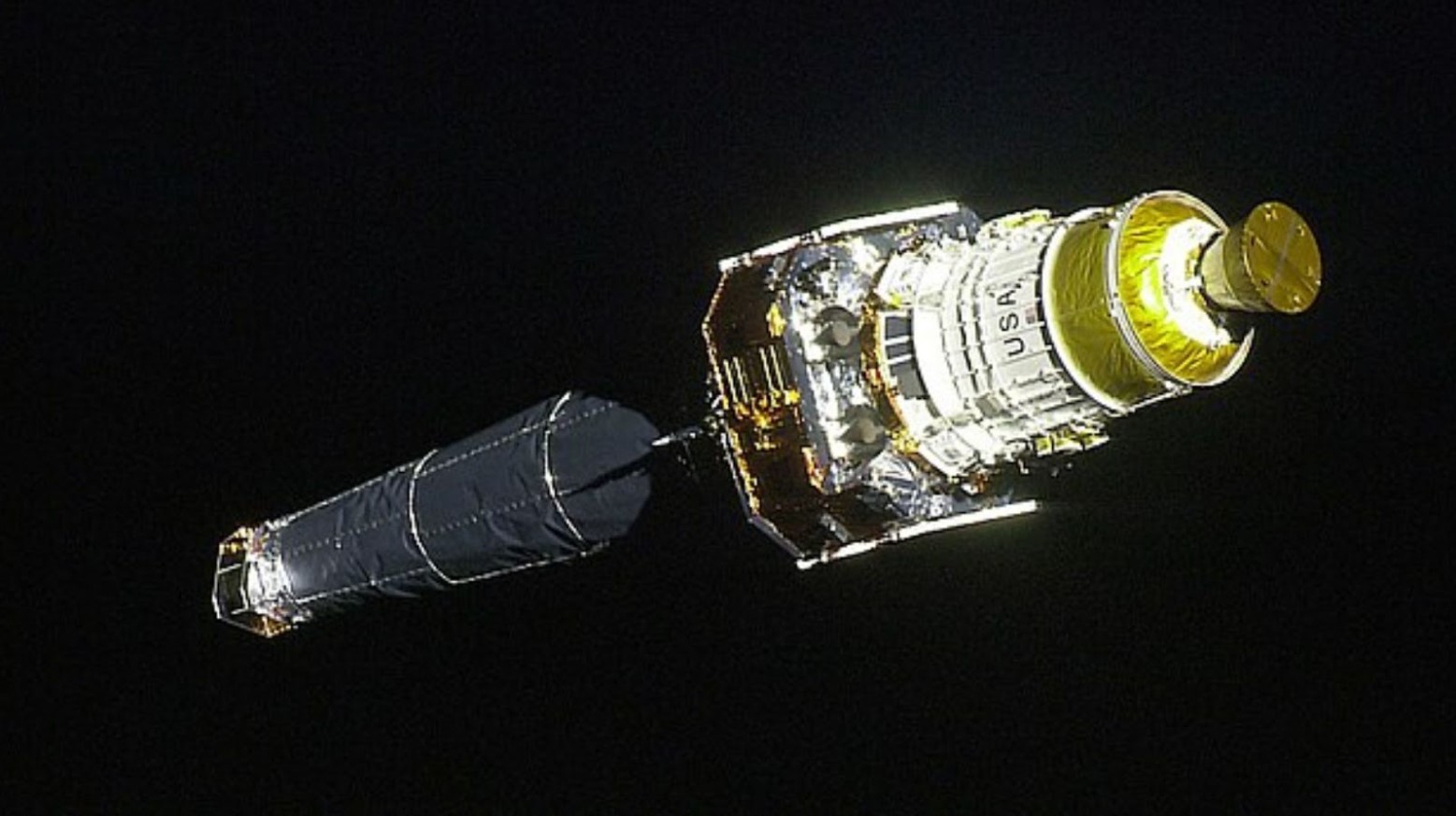
Chandra was launched in the same decade that NASA launched four different telescopes. In addition to Chandra, they launched the Hubble and Spitzer space telescopes and the Compton Gamma Ray Observatory.
Of those four, only Chandra and Hubble are still in space. Chandra is used to investigate previously unknown aspects of space and the universe, including exoplanets and dark energy.
Decades in the Making
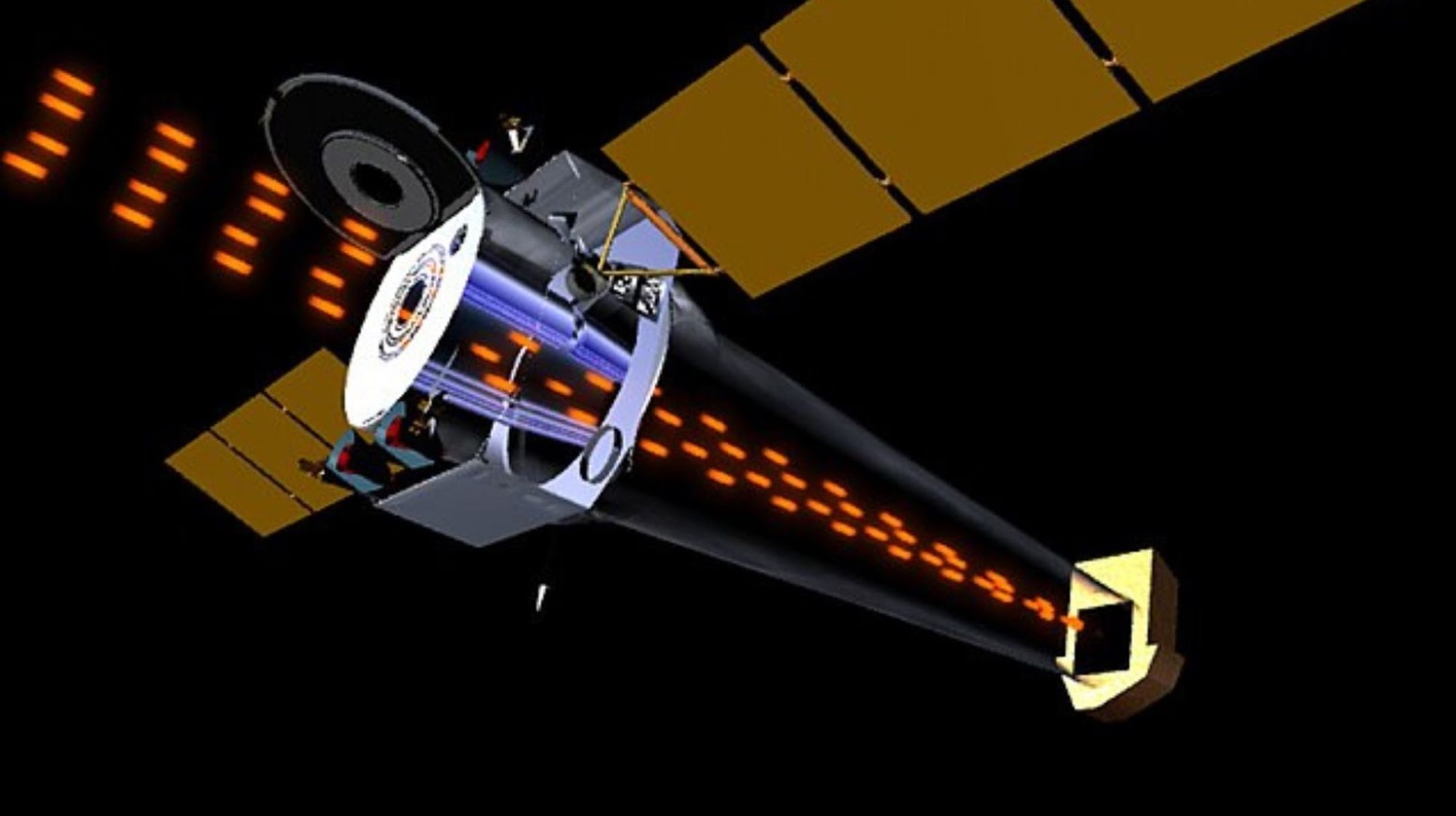
The use of Chandra didn’t happen overnight — it was decades in the making. Riccardo Giacconi and Harvey Tananbaum, both astrophysicists who saw the importance of having a large X-ray telescope in space, first proposed the idea in 1976.
Chandra was finally ready to begin its mission over two decades later. However, the wait was worth it, as it has the highest-quality X-ray mirrors ever manufactured, which enable it to capture high-quality images.
Chandra Observes Objects for Thousands of Hours
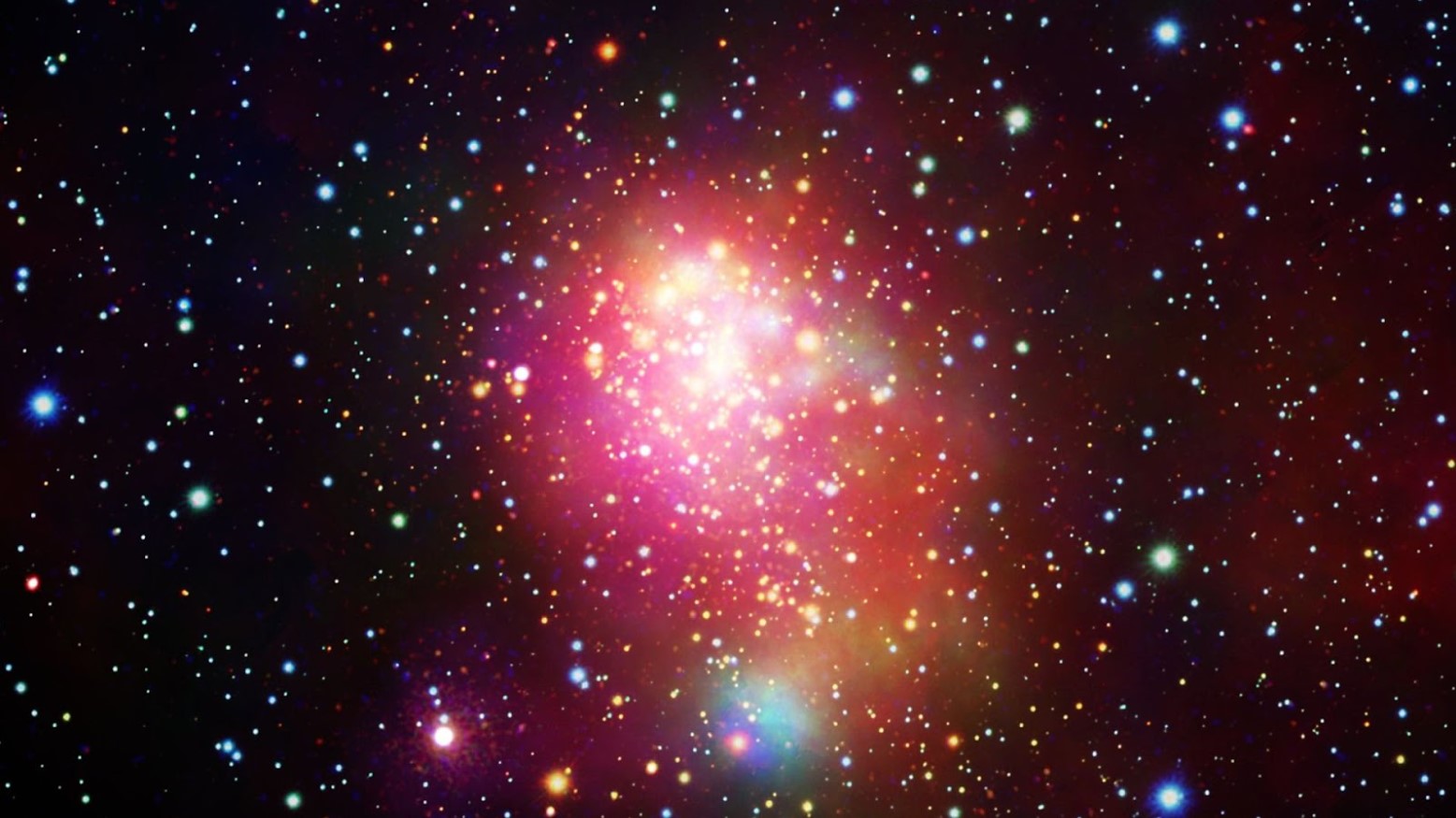
Chandra doesn’t just spot an object, take a photo of it and move on. It tends to spend thousands of hours observing the object before it is able to take a clear enough photo of it.
For example, it took Chandra 64 days and 370 observations over roughly 20 years of the Milky Way before it was able to take a clear image of its center. This is 26,000 light years away from Earth.
Clarifying Previous Beliefs
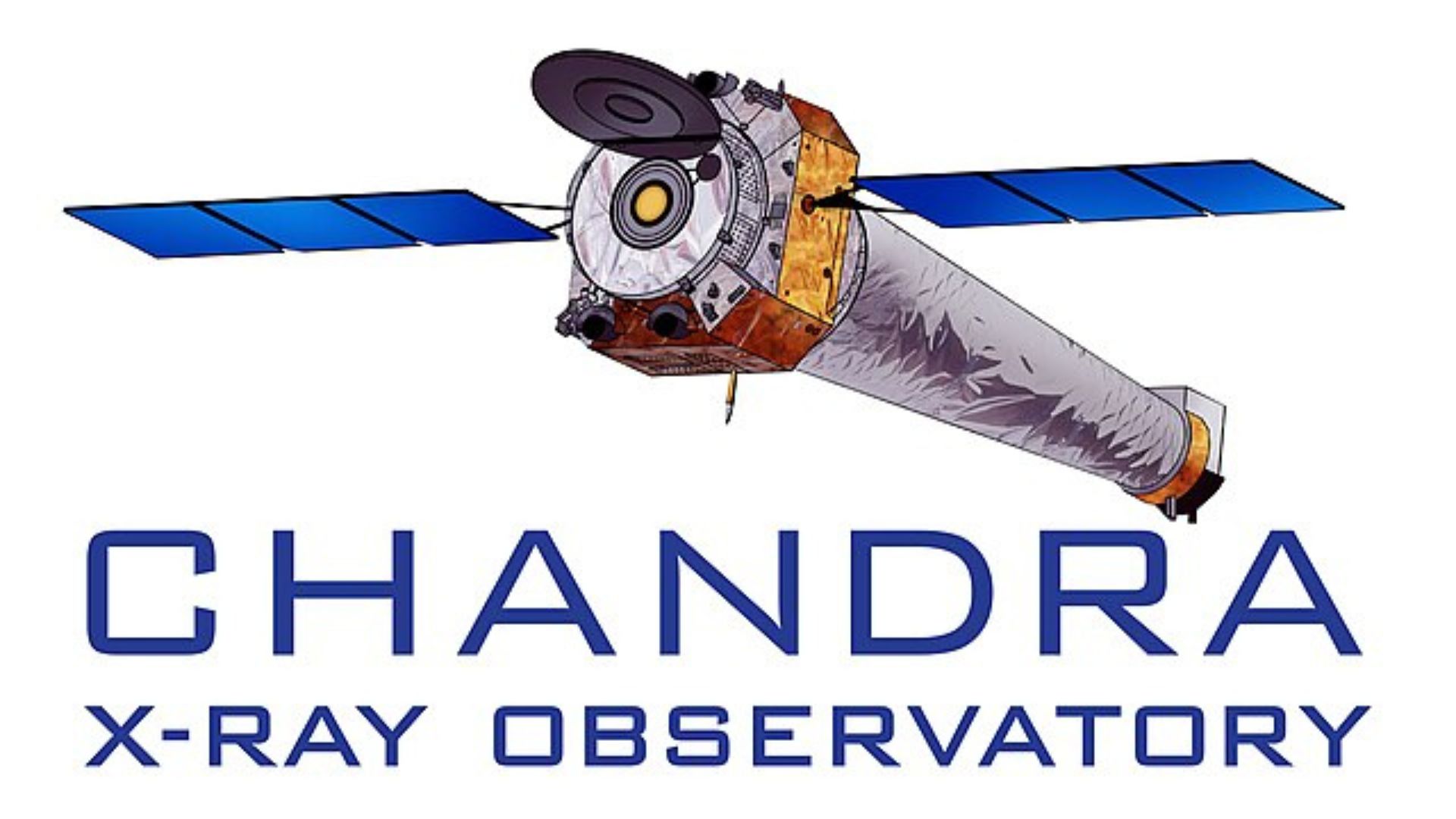
The good thing about Chandra is that it can clarify previously held beliefs for scientists. As an example, it was thought that there was a diffuse haze of X-ray emissions coming from multiple directions.
Thanks to Chandra, astronomists have now been able to clarify that this haze is actually a collection of distant black holes. Blurrier telescopes had merged the emissions together to make it look like a haze, but thankfully, Chandra can clarify what it actually is.
The Crab Nebula
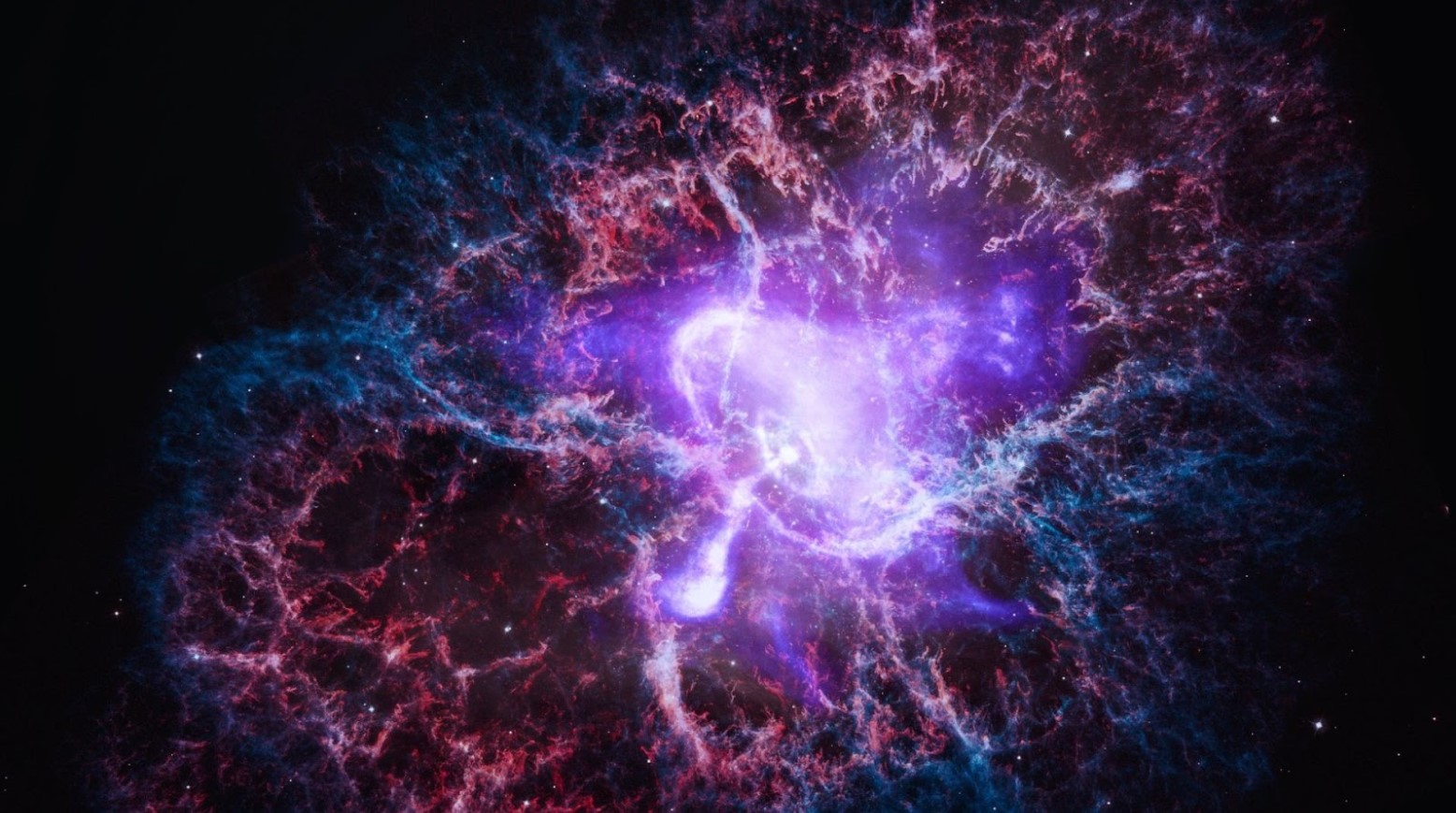
The image of the Crab Nebula was taken 6,500 light years from Earth, and Chandra has observed it at least 48 times between March 2000 and November 2013.
This image is the remains of a supernova explosion. At its core is a pulsar, a rotating neutron star that emits electromagnetic radiation. The white dots have been created by particles that were driven away from the pulsar and collided with gas in the nebula, which produces the X-rays.
Bat Shadow (Serpens Cloud)
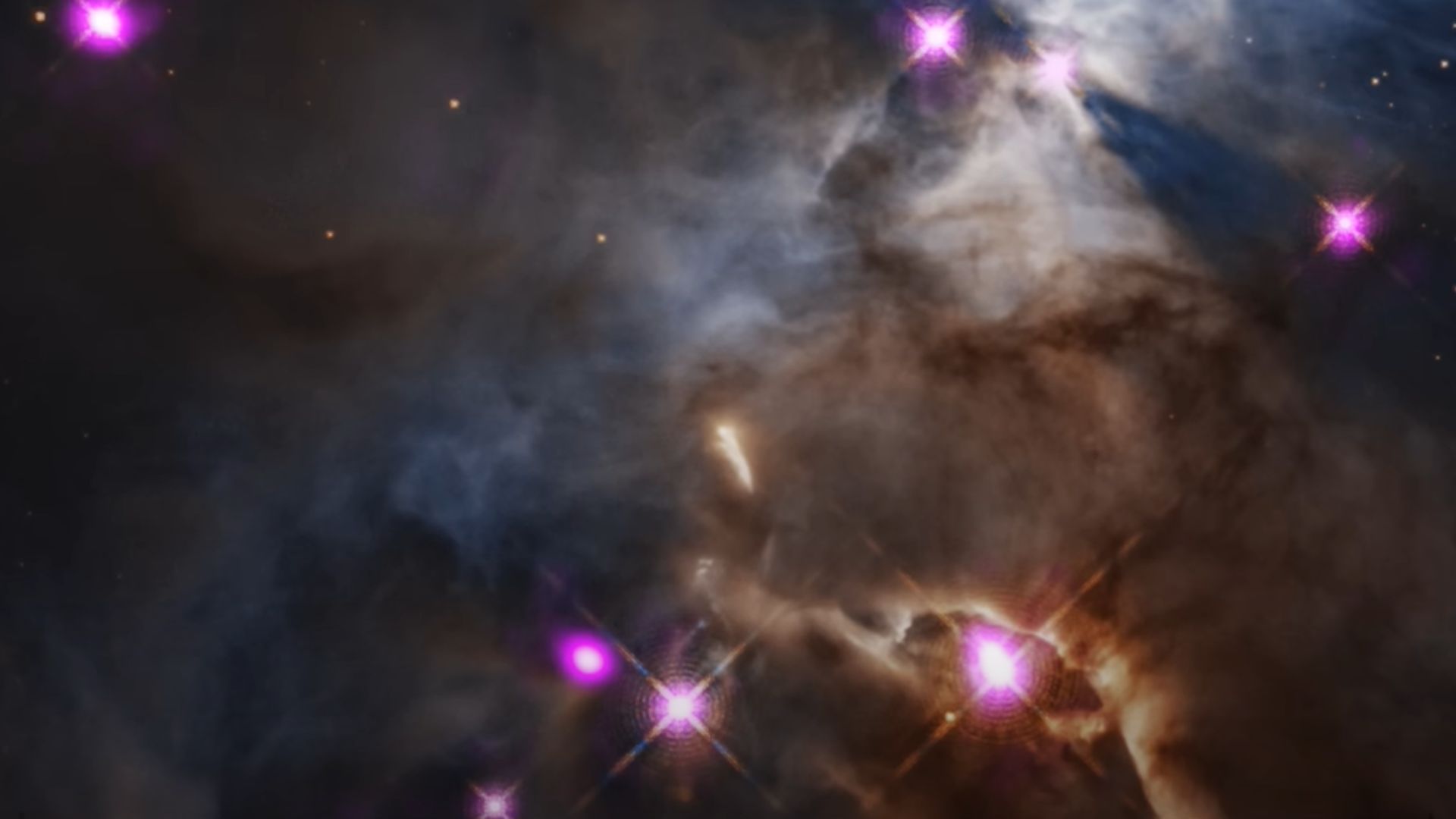
The Bat Shadow, also known as Serpens Cloud, is a star-forming region that is roughly 1,300 light-years from Earth. It gets its name as there is a shadow in the shape of a bat that is cast across a distant cloud.
The shadow roughly spans 200 times the diameter of the entire solar system. Back in 2020, astronomers studying it noticed a shadow that looked like it was “flapping like the wings of a bird,” which they believe was a planet pulling on the disk and warping it.
Cat’s Paw Nebula

The Cat’s Paw Nebula is a star-filled region in the Milky Way. Its distinct pockets, linked by tiny purple flecks, resemble red clouds.
Of all the stars within the Cat’s Paw Nebula, the brightest are located right in the center. The released image was taken 40.3 light-years across and is roughly 4,370 light years from Earth.
Eagle Nebula (M16)
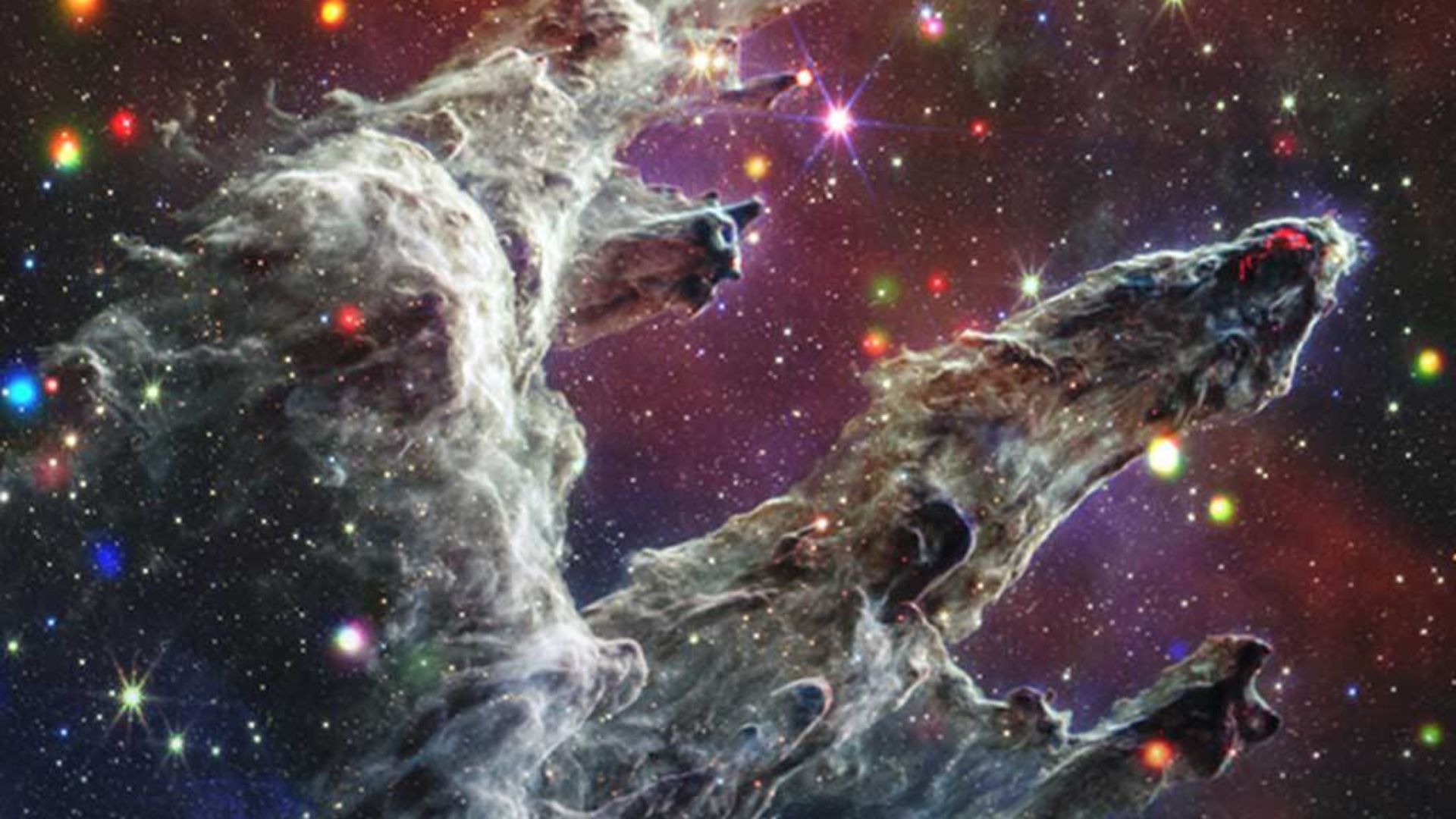
The Eagle Nebula contains the Pillars of Creation, which the Hubble Space Telescope made famous. These tall columns of grey gas and dust start from the bottom left-hand corner of the image and stretch upwards to the top right-hand corner.
Orange and pink mist surrounds multicolored dots, which are young stars emitting X-ray and infrared light. The columns and stars combine to make the image look like a hand reaching out for something not featured in the image.
The Virgo Cluster (M86)
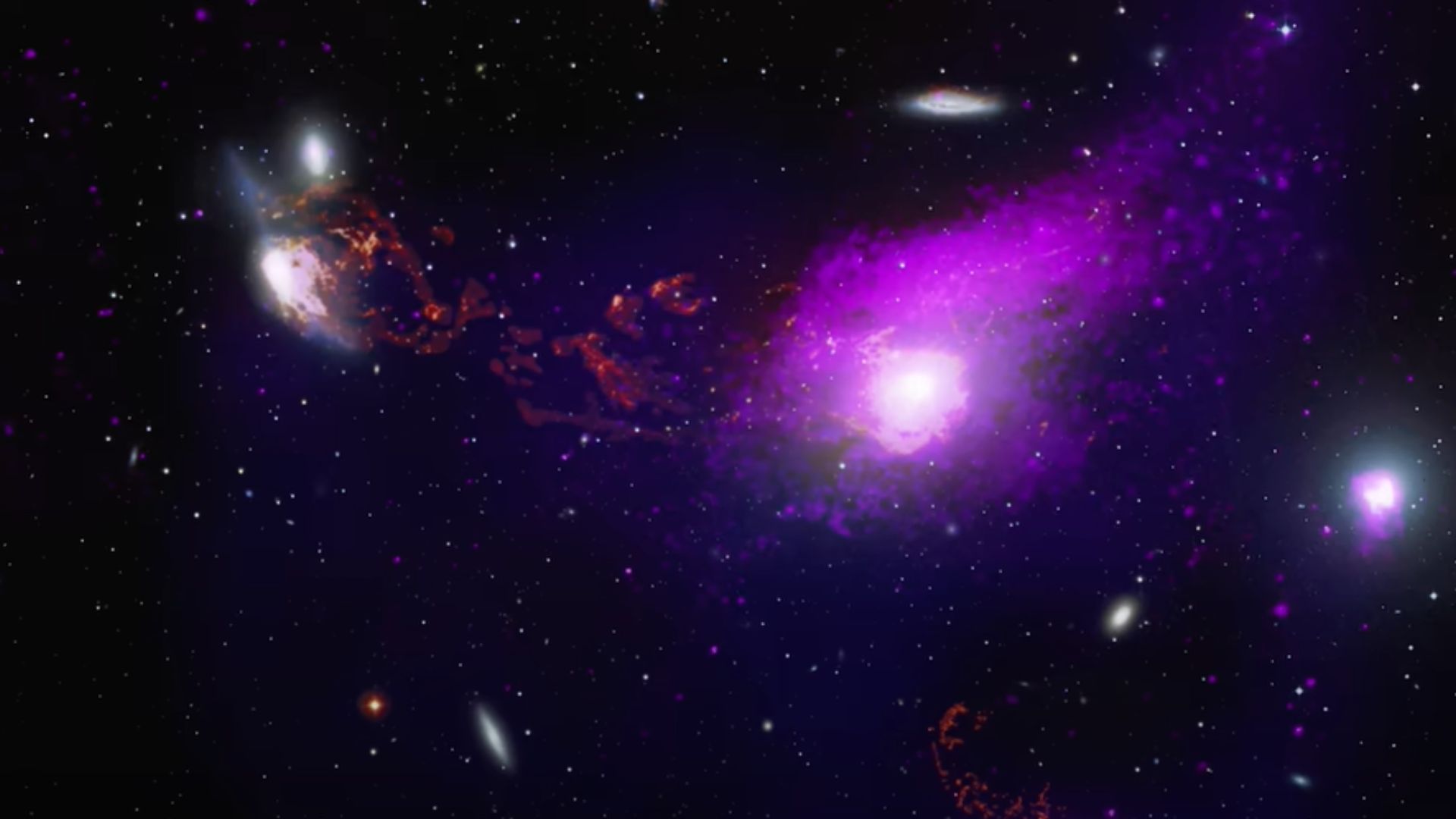
The Virgo Cluster is surrounded by hot gas, which moves around the cluster at roughly three million miles per hour. Even though the image is small, within it are one dozen galaxies; however, the actual cluster has about one thousand galaxies.
Each galaxy is resembled by white dots, disks, or glowing outer rings. The white and pink dots are the M86 galaxy, which is traveling through the cluster at three million miles per hour. The neon purple streak is hot gas being pulled from the traveling galaxy.
Cassiopeia A

Another image taken by Chandra and released by NASA is Cassiopeia A. This is an exploding ball of matter and energy ejected from an exploding star. This star has been observed for over 2 million seconds.
The image shows that Cassiopeia A has neon blue and white rings that emit gold streaks. Chandra was also able to pick up debris from the exploding star and the blast wave that resulted from the explosion.
Understanding Things in More Detail
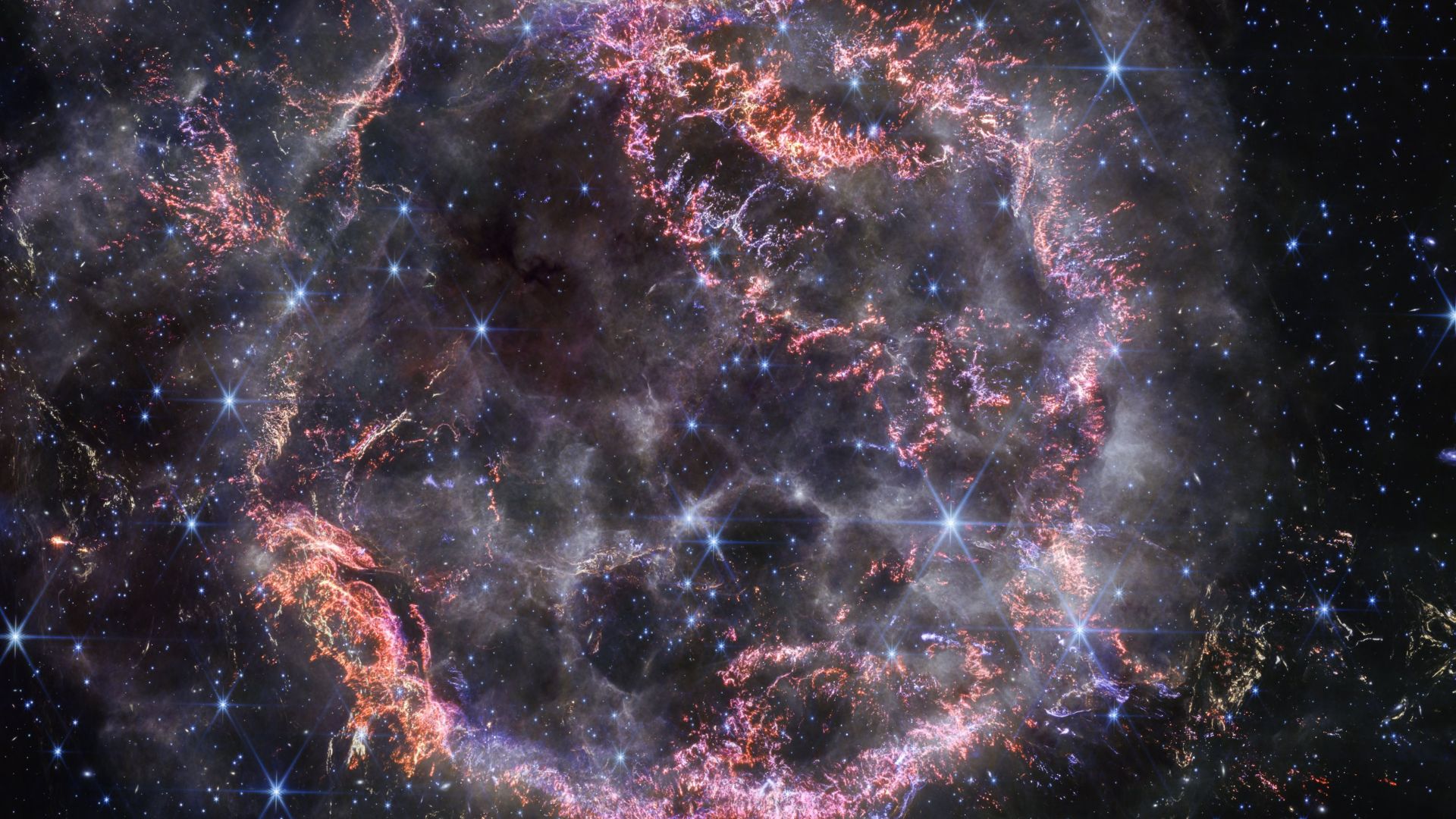
Chandra allows NASA scientists to understand the universe in more detail. This especially applies to Cassiopeia A, where the X-rays enabled scientists to find a dense neutron star left by the explosion at the remnant’s center.
They were also able to find “superfluid” within the star. This fluid suggests that the original star may have turned inside out when it exploded. All of this helps astronomers gain a better understanding of the violent evolution of stars.
WR 124
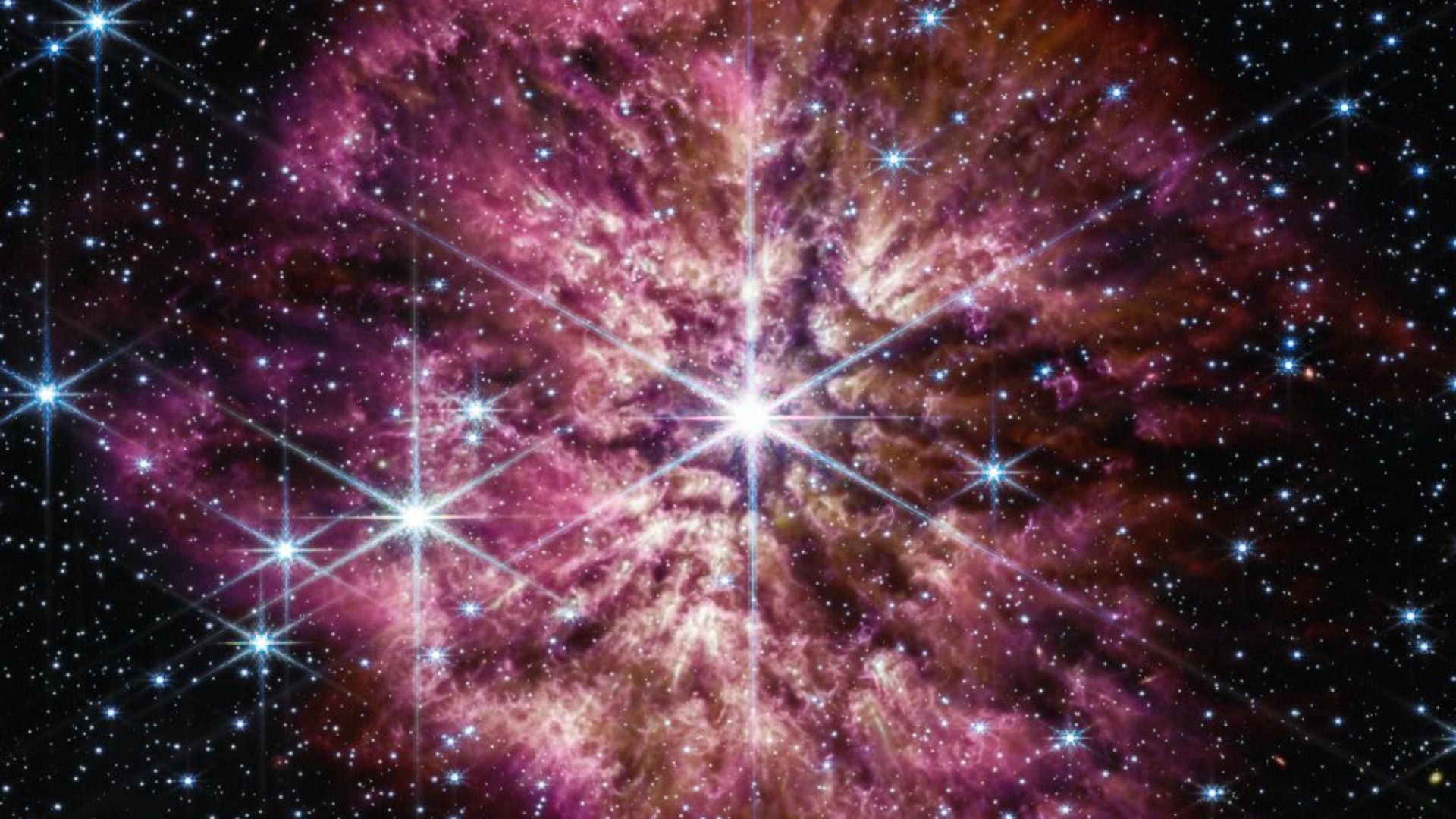
WR stands for Wolf-Rayet, a rare class of massive stars that rapidly lose their mass when in the short-lived phase before exploding in a supernova event.
It is around 30 times heavier than the sun and 15,000 light-years away from Earth. The reds and purples in the image are dense wind clouds that form around the star, which scientists believe are stopping Chandra from spotting a companion neutron star within it.
NGC 1365
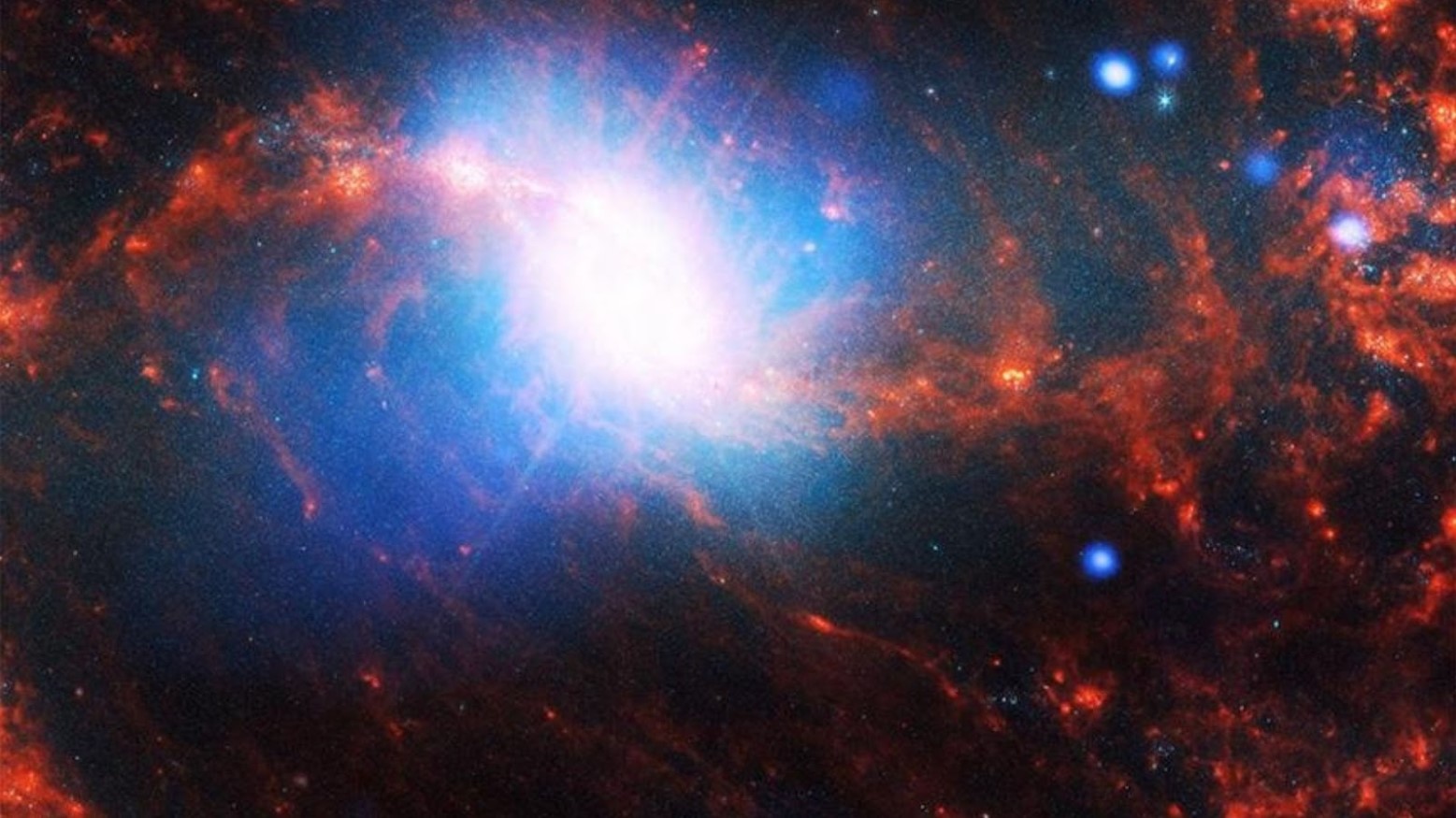
NGC 1365 is a spiral galaxy containing a supermassive black hole with stars rapidly forming within its center. Chandra was able to pick up X-rays from gas near the massive black hole, as well as smaller black holes around it.
Chandra can also detect neutron stars that pull material from their companion stars. The image shows the black hole glowing in the center, red arms throughout it and various light blue dots.
NGC 7469

NGC 7469 is a spiral galaxy that contains a supermassive black hole. This black hole is growing, and hot gas is near it. Two blue and red-spread arms spiral around the black hole.
Faint clouds go around the lines of the speckled arms, and a bright white dot with a neon purple ring around it represents the black hole. The dot and the ring represent the hot gas around the black hole.
SN 1987A

SN 1987A was created from a supernova explosion that was first observed in 1987 (hence the name). Chandra’s X-rays can pick up some of the debris from the explosion.
There is a small, glowing pink circle in the center of the image, located within a large Magellanic Cloud. The circle represents material that was ejected thousands of years before the explosion and the blast wave that caused it.
The Eyes Galaxies
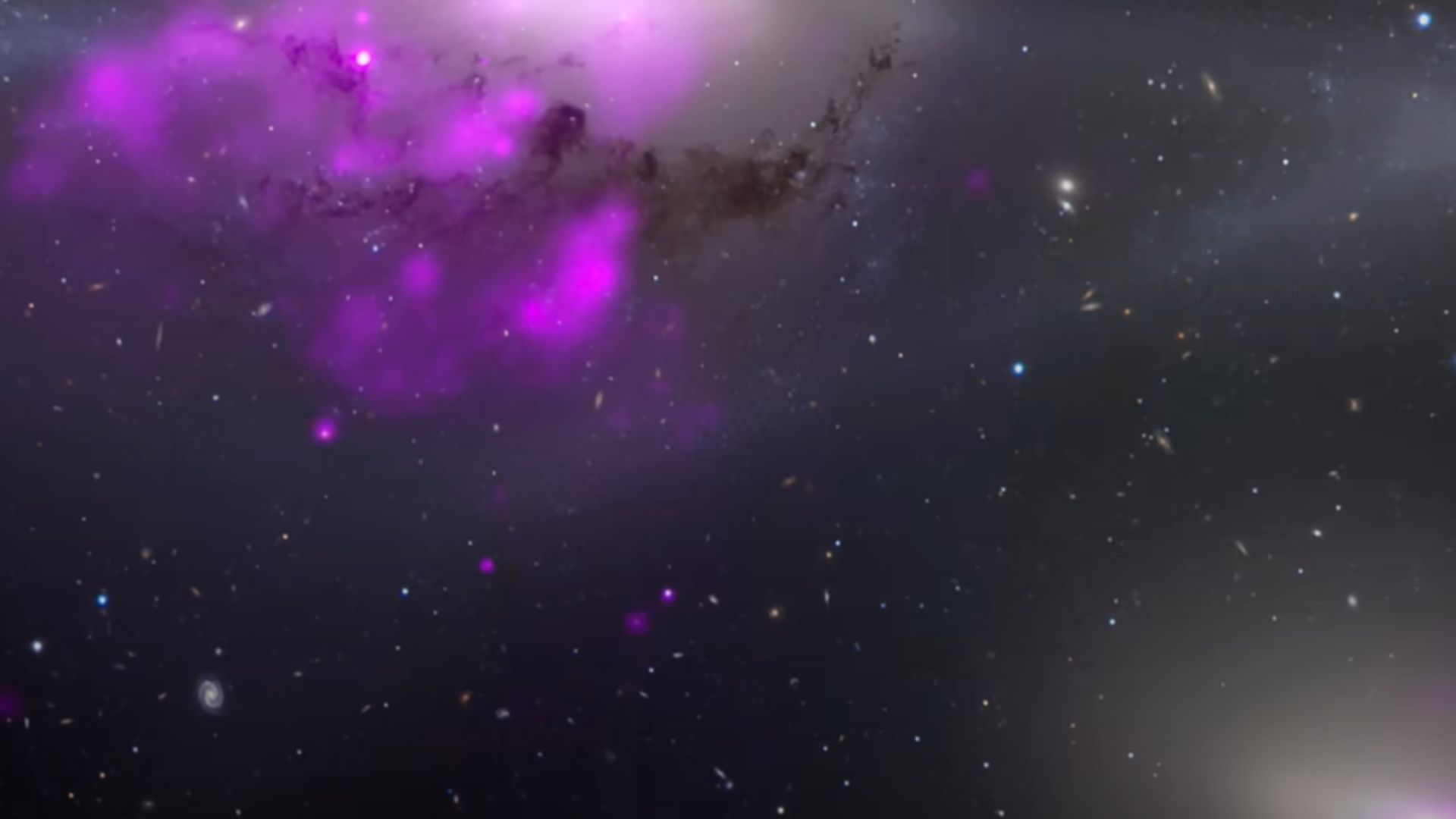
The Eyes Galaxies are a system of merging galaxies in the Virgo Cluster. They both have a white dot in the center, which is where they get the “The Eyes” nickname from.
They are also known as NGC 4438 and NGC 4435. NGC 4438 is surrounded by a neon purple cloud of hot gas, whereas a neon purple ring surrounds NGC 4435.
Jupiter
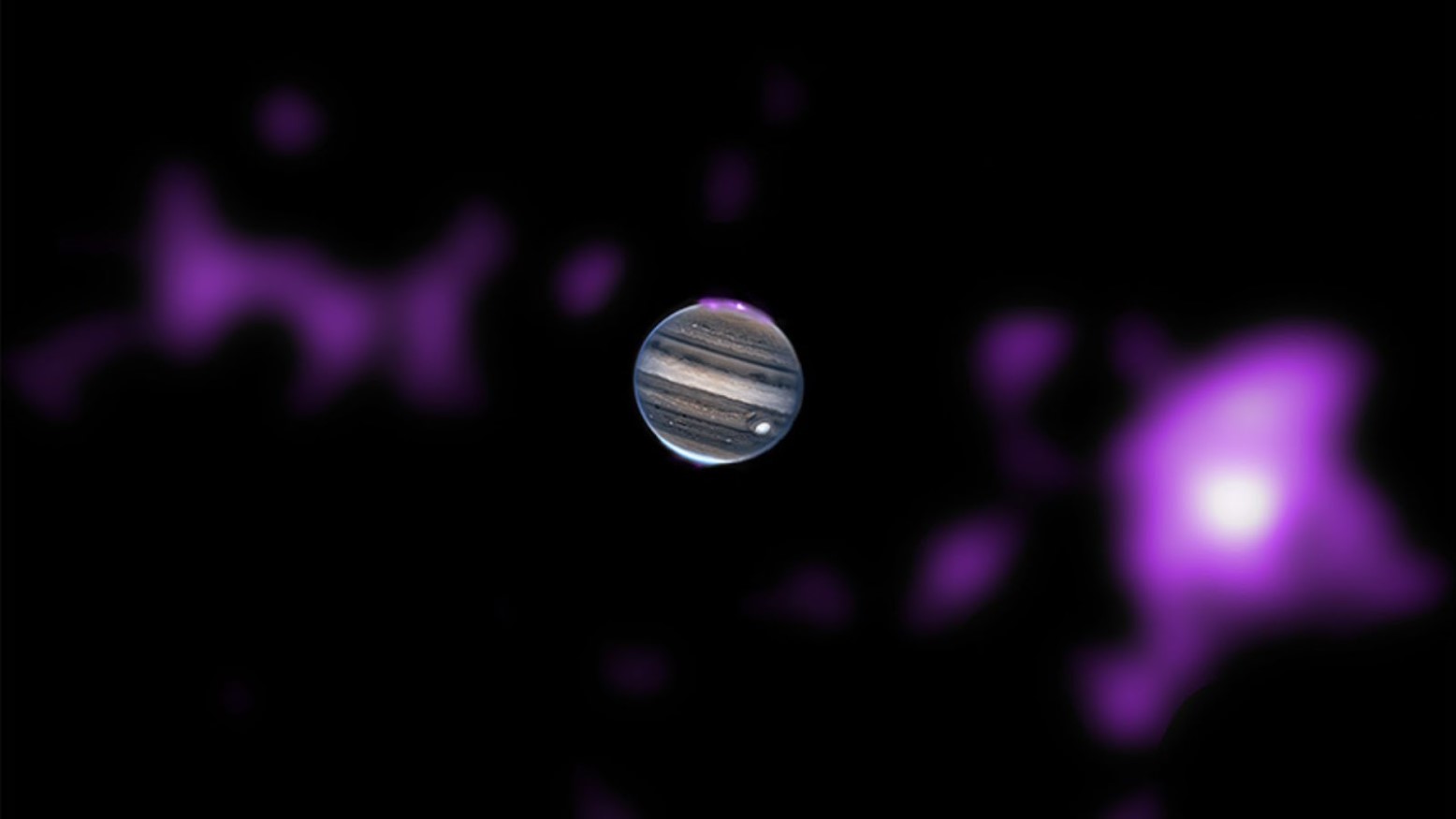
While images of planets have been available for years, this one taken from Chandra is quite special. It shows Jupiter against a black background of space surrounded by blobs of neon purple.
Chandra could pick up on the swirling bits of gas encircled by a light blue ring. The bits of purple in the image represent X-ray auroras, which are created when high-energy particles collide with the gas in Jupiter’s atmosphere.
The Milky Way’s Galactic Center
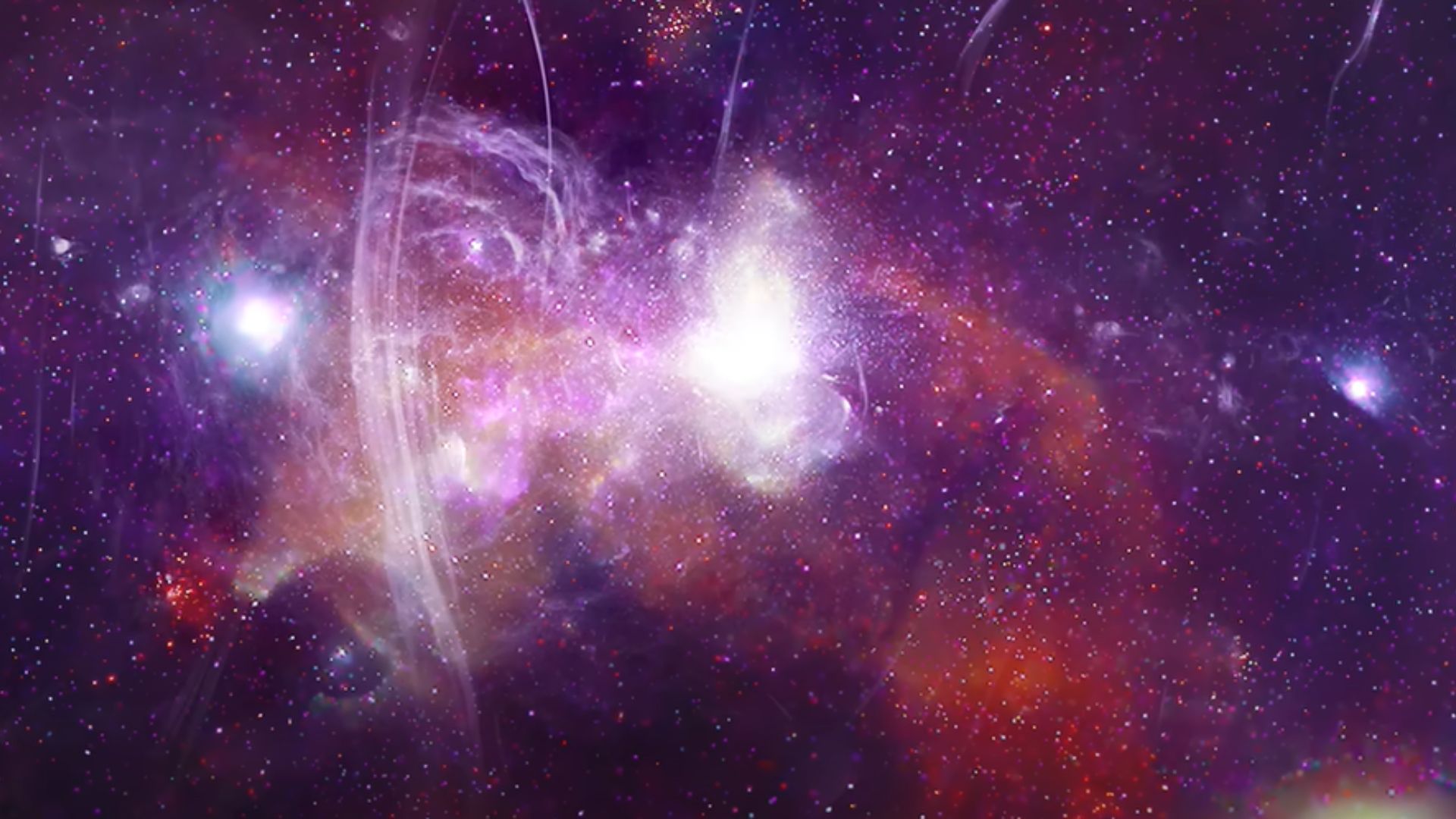
The center of the Milky Way is blocked by gas and dust in many different kinds of light. Luckily, X-rays can penetrate this, revealing superheated gas and bursts from the galaxy’s black hole.
The Milky Way has a row of bright spots and swirls amongst stars and red and purple clouds. The threads are sources of radio waves and can create clusters, streaks, and ribbons.
Orion Nebula
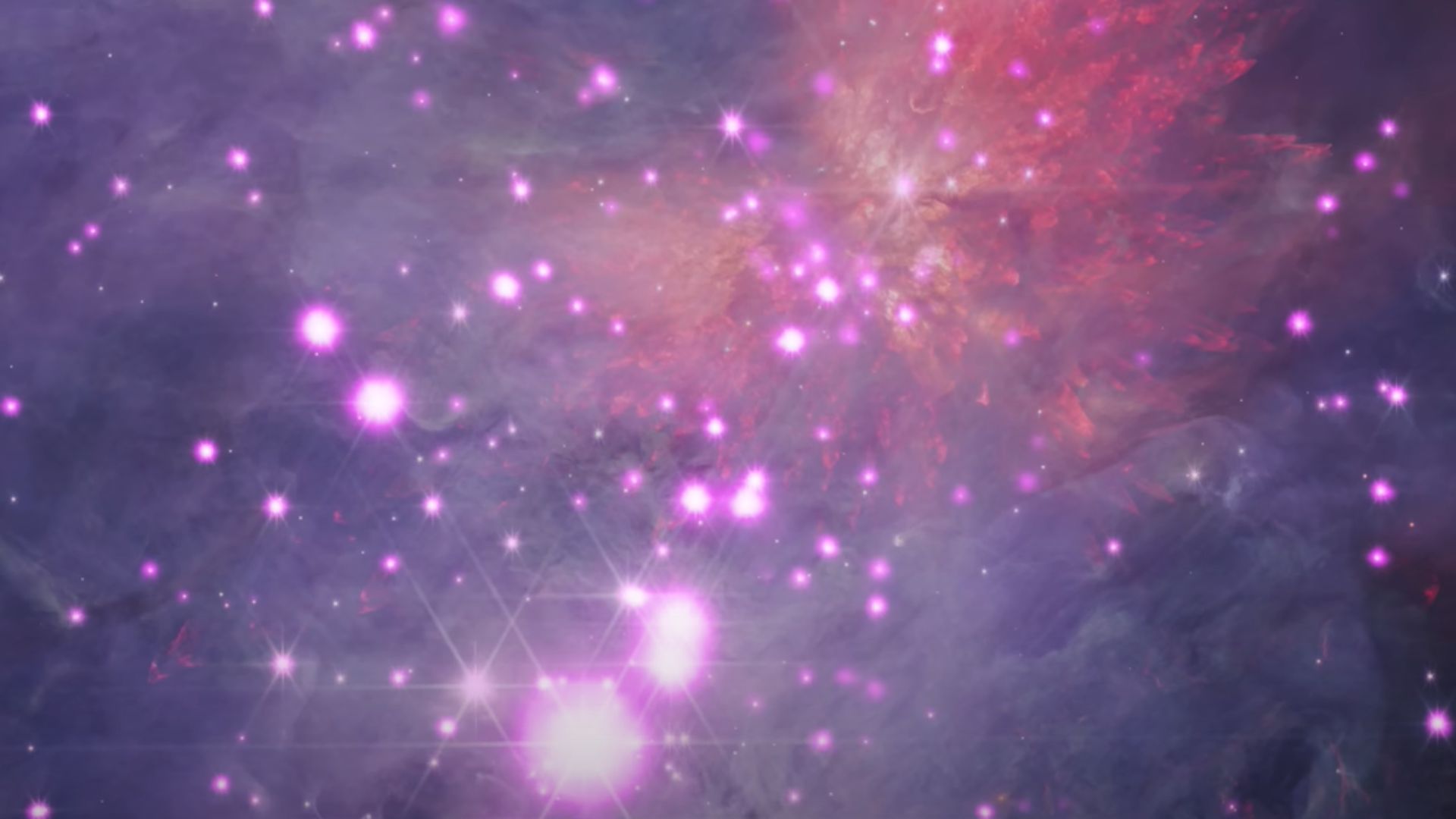
The Orion Nebula features some newly-formed stars that are neon pink with white centers within a hazy cloud. The actual nebula is a large cloud within the galaxy where stars are born.
It is 1,500 light-years away and is one of the closest star-forming regions to Earth. We can even see it on Earth without a telescope; however, this is only possible at night.
The Supernova Remnant G21.5-0.9
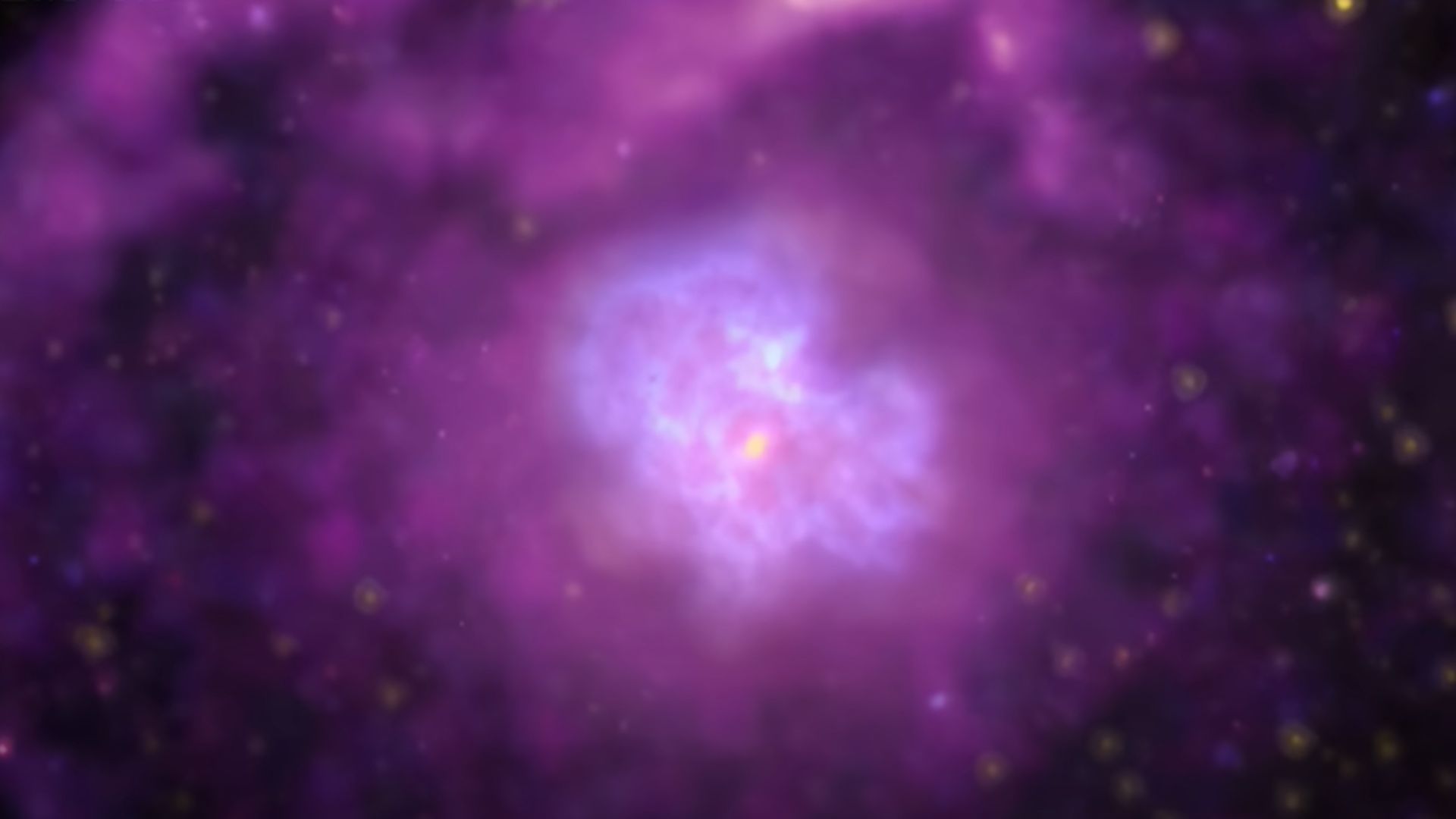
The Supernova Remnant is the debris from an exploded star. There is a bright nebula in the center that is surrounded by a diffuse cloud of X-rays.
A yellow dot represents the nebula, which is inside some light blue veins. This is a lightning cluster. The X-ray cloud is neon purple and represents the debris from the star that was destroyed during the supernova explosion.
Chandra Is in Jeopardy

Despite spending 25 years in space and having captured some iconic photos, Chandra’s future is in jeopardy due to budget cuts within NASA.
There is a worry that these cuts could shorten Chandra’s mission by the end of the decade. Should this happen, and with no other telescopes set to take its place, the future of astronomy could really suffer.
